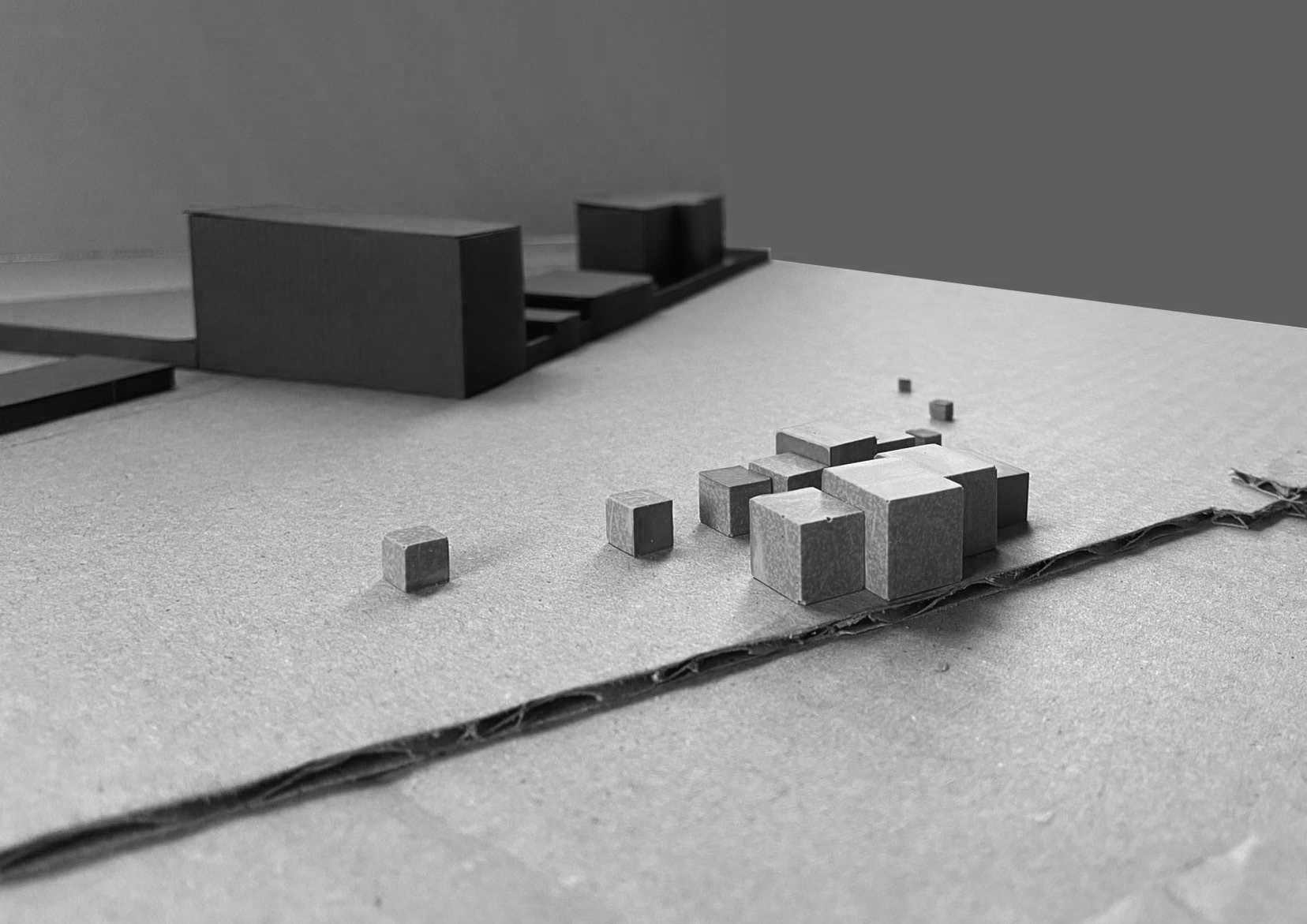Unit 3 Thesis Project: The Museum of Stolen Artefacts

Director Pippa Nissen, Senior Associate Marie-Lise Oulmont and Associates Andrea Hickey and Kate Coghlan of Nissen Richards Studio are leading a new postgraduate teaching unit at London Metropolitan University. The unit challenged students to design a ‘Museum for Now’. Here is one of the responses to that challenge.
The effects of the coronavirus pandemic left much of the world at a standstill, questioning what the future holds as we face an overwhelming amount of uncertainty. The periods of isolation created a desire to reflect and engage in meaningful conversations, and as restaurants, shops, galleries, and museums begin to open, a newfound appreciation towards culture appears to be growing. The pandemic granted us the time to discuss a myriad of social issues, such as Brexit, and the Black Lives Matter Movement. And in amongst those discussions also stemmed conversations surrounding museums and their authenticity. This project challenges the notions of what a museum means now in the midst of a global pandemic; exploring how people experience and interact with these institutions, and the importance of their collections and artefacts.

The site is located in Hackney – in a predominantly suburban area. It sits directly adjacent to the River Lea Navigation Channel, and is one of three separate green spaces that make up Millfields Park. North of the park, across the river, is the Middlesex Filter Beds Nature Reserve, and overlooking the site from the south is the former Hackney Power Station, with its pylon protruding into the skyline to open up the opportunity for an architectural response. On the north-west corner of the park is an existing residential house; marking the junction between the river and the park. However, its fenced off boundary presents a rather disconnected atmosphere. Removing the house improves upon the park’s public realm and relationship to the river, as well as an individual’s approach to the park.

The Industrial Revolution created an economic increase in Britain, however much of their involvement was tied to the Transatlantic Slave Trade and British Colonialism. The close proximity of Hackney to the city resulted in an influx of Merchants and Bankers moving to the area, bringing with them the business of slavery and other trades connected to different colonies. As Hackney is well known for its arts-led cultural and creative economy, the site in Millfields Park presents an opportunity to reflect upon this bleak heritage – delving into collections associated to colonial plunder; addressing their history and prompting questions of ownership. The proposal establishes itself as a point of transition – a museum advocating for the return of stolen artefacts to their home of origin. It is driven by four collections; The Atlantic Collection from the National Maritime Museum, the Benin Bronzes and Parthenon Marbles from the British Museum, and lastly, the Maqdala Treasures from the Victoria and Albert Museum. Through charting the difficult and uncomfortable stories of how these artefacts were acquired, this museum aims to develop an architecture that provokes discussion and provides a platform for debate and learning.


